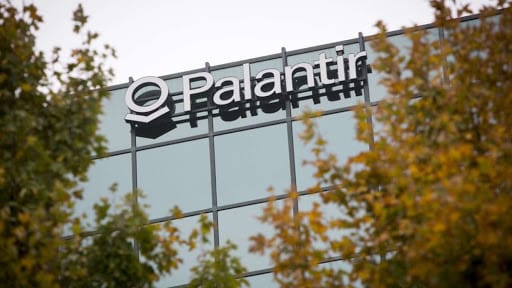By Betsy Burton
In September 2020, we wrote about Palantir’s changing business model as the company went public. At that time, we raised concerns and questions about the company’s ability to evolve its business model, and the company’s ability to articulate this business model changes to customers and investors.
Today, we are seeing signs of these concerns come to fruition. Aragon Research is not focused on investment advice or planning. However, these recent changes in valuation reflect some turmoil as the company evolves its business model.
Palantir’s Business Model
Palantir’s business model is to apply a team of engineers, project managers, and data scientists to address a customer’s complex data-analytical and operational problems, deliver a software solution (on-prem and/or cloud-based), and teach the customer how to use the system.
The company supports three digital business platforms:
- The Gotham platform is focused on government customers. It was designed to support very complex integration between relational data and complex data (documents, video, images, sound, etc). This enables the company to support applications such as terrorist movement mapping or the impact of weather pattern changes.
- The Foundry platform is focused on government customers. It was designed to support complex analytics on relational data. It is used by banks to catch money laundering, and by mining and manufacturing companies to improve safety.
- The Apollo platform was added to support the management of its platform solutions. Apollo was designed to enable Palantir to easily track versions of the software’s components and send updates to customer installations (cloud or on-prem). The company has recently made Apollo commercially available for customers to manage their solutions.
Business and Brand Transition
Palantir was started as a CIA-funded entity with a primary focus on serving the complex analytical needs of defense-related government agencies. The company developed a business model that is focused on providing highly specialized and secure information analytics capabilities on top of an integrated data asset. Its traditional government business has a mixed reputation and brand due to its involvement in stealth government operations in the US and overseas. For a billion-dollar business, its secure government business meant that it was relatively unknown in the market.
The company has increasingly invested in and developed its commercial business by targeting industry sectors with complex analytics and big data challenges. In doing so, Palantir is making efforts to change its brand and market awareness.
Palantir’s revenue breakdown is approximately 60% government and 40% commercial. In its recent earnings announcements, the company is touting and investing in the growth of its commercial business. But it has been a transition, made more difficult by the pandemic as well as the company’s brand evolution.
Palantir’s Digital Business Platform
Again, Aragon Research is not in the business of making stock predictions. Stock performance is influenced by perceptions of business operations, future growth, the economy, and investments.
However, we do believe that Palantir has some exceptional technology in terms of platforms, analytics, and AI. In other words, from a technology perspective, it has “good bones.”
The question about its future is more about sales and marketing execution as the business evolves. And the senior executive’s willingness and ability to articulate this to the market. As we have noted before, the company’s management is a bit brash and swaggering; it will need to become more transparent and communicative to customers, partners, investors, and the business community to make this transition.
Bottom Line
Palantir has solid technology and teams of engineers, project managers, and data scientists to address a customer’s complex data-analytical and operational problems. Taking the company public during this business transition was an extra challenge that we are seeing the impact of today, especially given other pandemic-related business challenges.
Its ability to make this business transition hinges on its senior executives making the operational, brand, and executional investments to have a commercially-strong market presence, and articulating this business clearly to the market.
